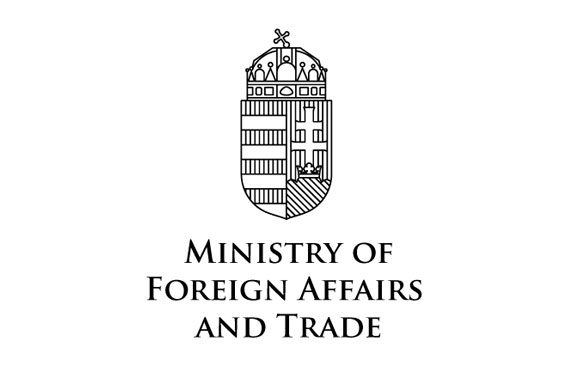European Regional Development Fund
30 years’ anniversary of Cohesion policy - Part 3

Content
In 2018, EU cohesion policy celebrates its 30th anniversary. Cohesion policy has been accompanying the evolutions of the European Union: From the creation of the single market to the successive enlargements and most recently, the need to respond to the migration crisis. Also in the future, cohesion policy shall stay at the very core of the Union's development. It will enable the EU to harness globalisation, and to foster prosperous economies, caring societies and sustainable growth through innovation and skills.
The Interreg V-A Slovakia-Hungary Cooperation Programme financed by the European Regional Development Fund is also part of the Cohesion Policy. Its goal is to develop the Slovak-Hungarian border area taking into consideration the concept of sustainable growth.
Regional Policy underpins European solidarity
The bulk of Cohesion Policy funding is concentrated on less developed European countries and regions in order to help them to catch up and to reduce the economic, social and territorial disparities that still exist in the EU.
Regional Policy cushioned Europe's regions and cities from the worst effects of the crisis
By supporting public investment and deploying EU investments flexibly, for example through the reprogramming of funds or by raising the co-financing rate in countries like Cyprus, Greece, Hungary, Ireland, Portugal and Romania, regional policy mitigated the impact of the financial crisis which started in 2008. Also at a time of sustained fiscal consolidation EU Regional Policy has become of critical importance. Without Cohesion Policy, much needed public investment in the less developed Member States would have collapsed by an additional 45% during the crisis.
Overall financial impact
Cohesion Policy is a catalyst for further public and private funding, not only because it obliges Member States to co-finance from the national budget, but since it also creates investor confidence. Taking into account national contributions and other private investment, the impact of Cohesion Policy for 2014-2020 is expected to be about € 450 billion.
Results of Cohesion policy
The European Commission has collected all results of Cohesion policy on a website, where you may filter the information by several conditions (theme, country, fund, etc). The numbers are shown in infographics that are available and free to use for everyone. Visit https://cohesiondata.ec.europa.eu/ and browse among all the up-to-date information.
Source:
http://ec.europa.eu/regional_policy/en/policy/what/investment-policy/
https://europa.eu/european-union/topics/regional-policy_en
http://ec.europa.eu/regional_policy/en/policy/communication/cohesion_30/










